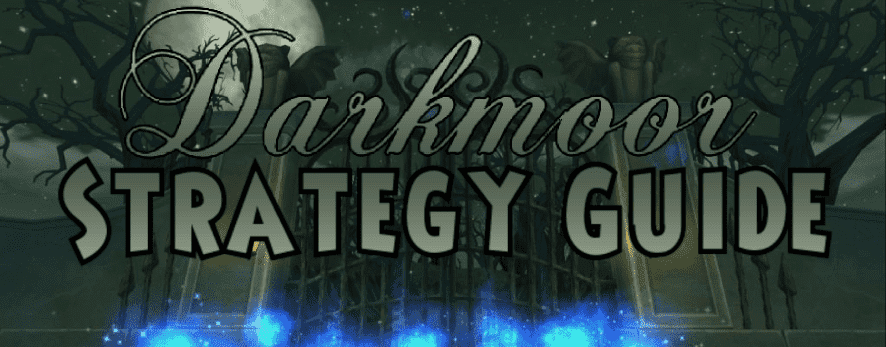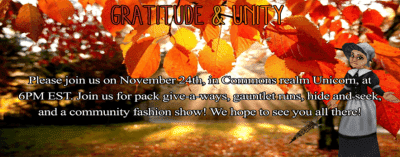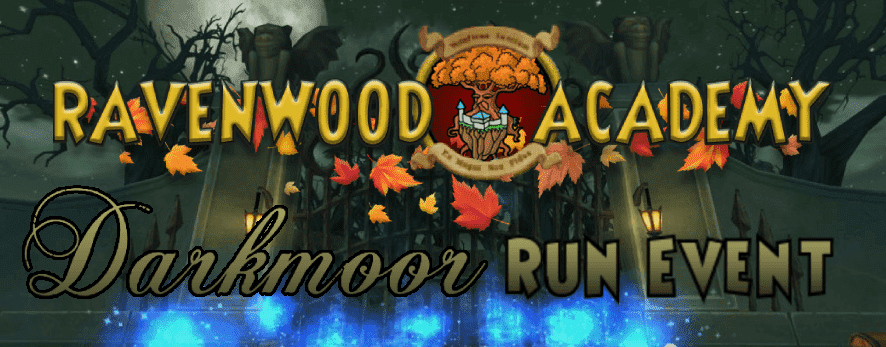Tag: holidays
-

Darkmoor Strategy Guide
•
Hello Wizards, Amber Ravynsong here with the Darkmoor Strategy guide you all have been asking for. Darkmoor consists of three dungeons. First, Castle Darkmoor, then The Upper Halls, and finally The Graveyard. 3495 Crowns will purchase this area permanently, and 495 can get it for 6 hours. Start to finish,…
-

A Yuletide Carol
•
Intended for Musician and Non-Musician Alike It’s beginning to look a lot like Christmas, everywhere in the spiral. We sit by the glowing embers, drinking our hot chocolate, cuddling with our fuzzy kitten, when ho! – there’s Christmas music in the Bazaar! You run by the great tree near The…
-

Community Thanksgiving Event
•
Saturday November 24th, meet us in Commons realm Unicorn at 6pm Eastern for an all level Gauntlet Runs event! Our Staff, Events and Runners teams will take community members through Accursed Play, Winterbane, Pagoda, or Spiral Cup while we all hang out, chat and do some PvP just for for…
-

Darkmoor Runs Event!
•
Come join us Saturday November the 17th!! Meet us at 6pm Eastern in the Commons realm Unicorn for our Full Darkmoor Runs event. Our staff and Dungeon Runners will take teams of level 100+ Wizards through the Graveyard including Aphrodite! After a few runs we will meet in the commons…